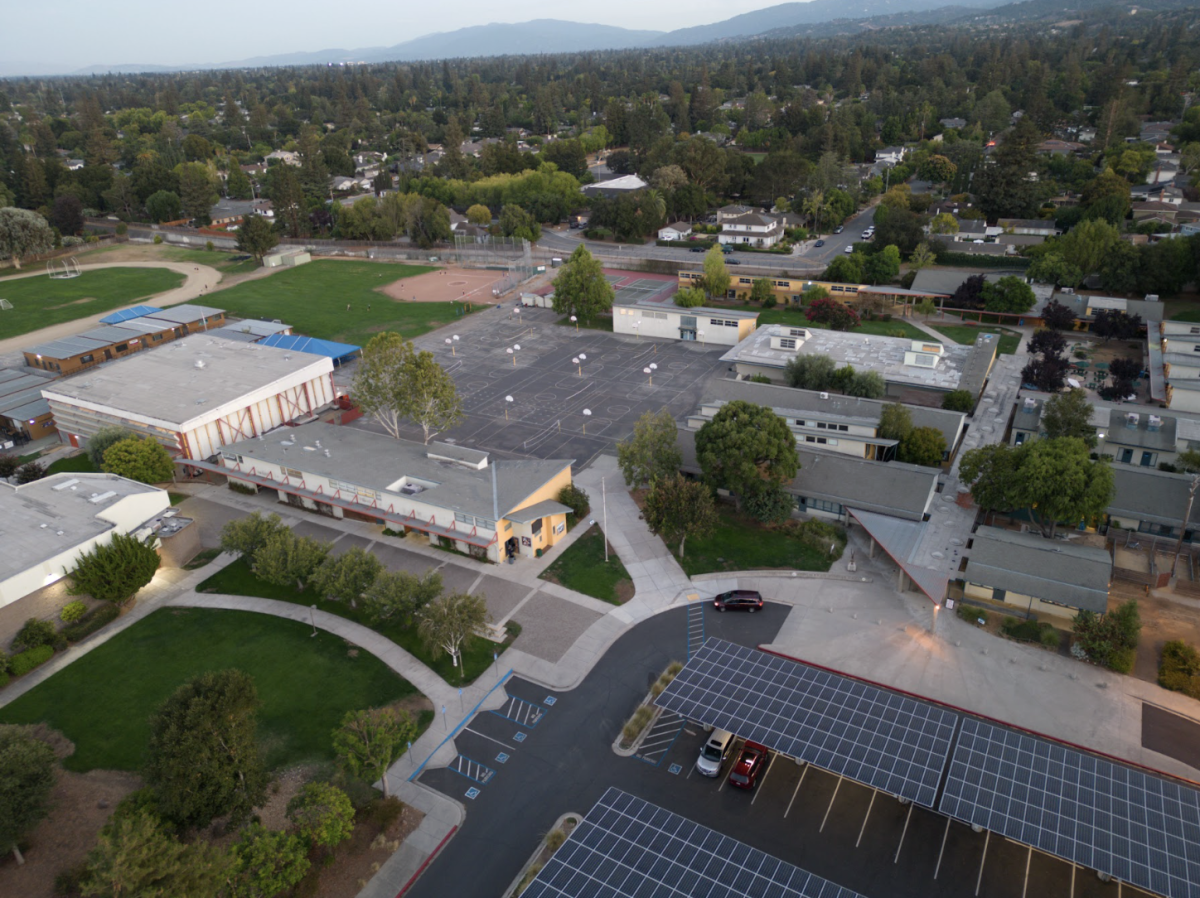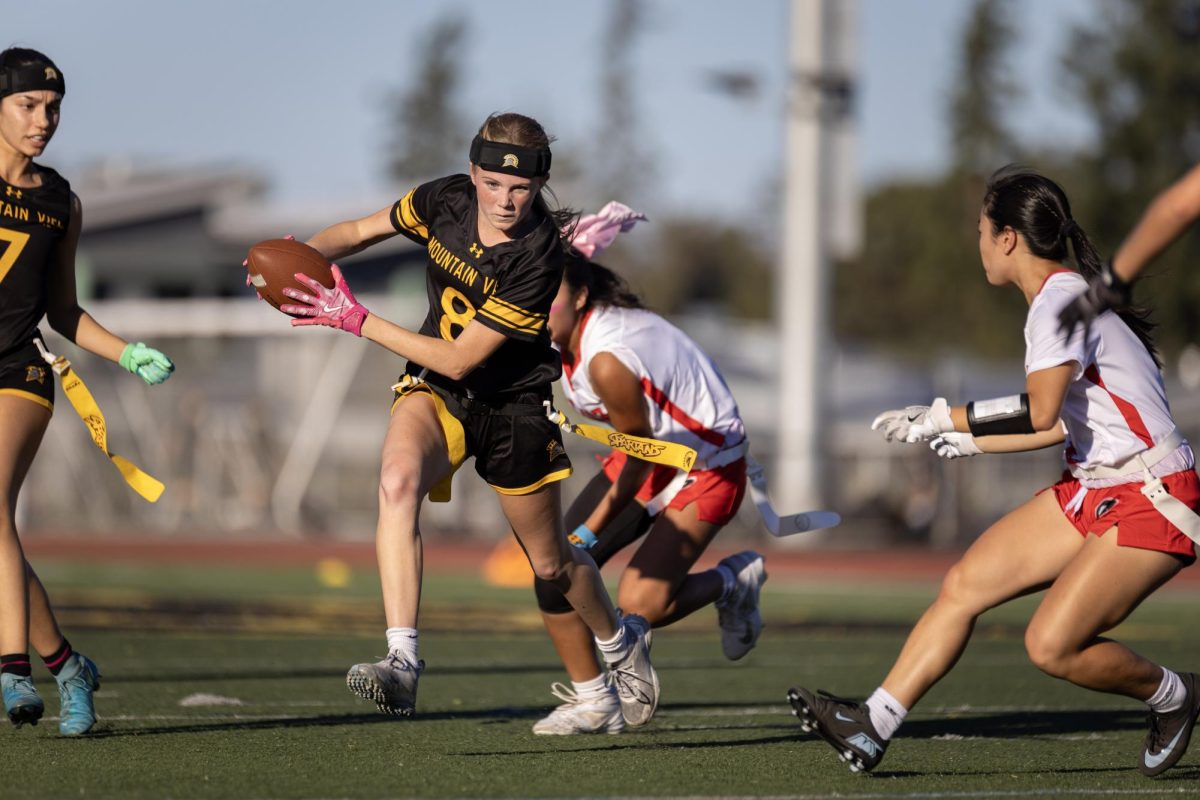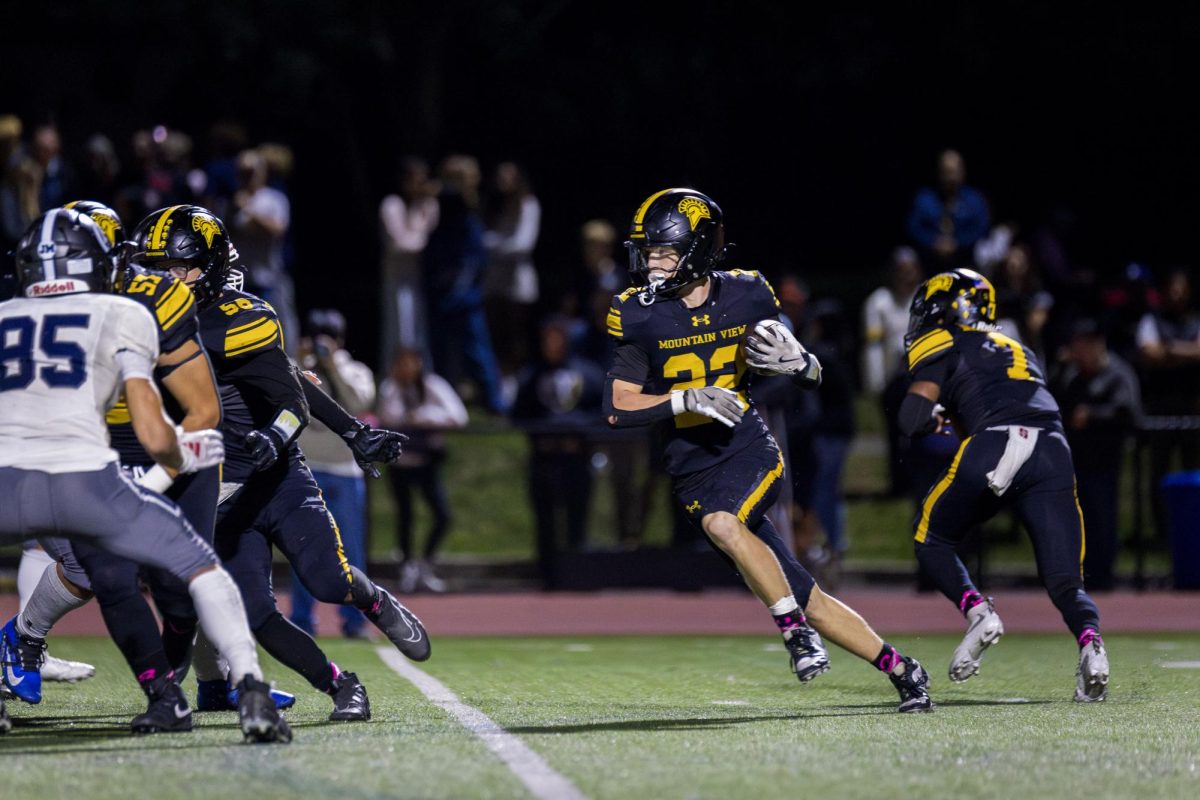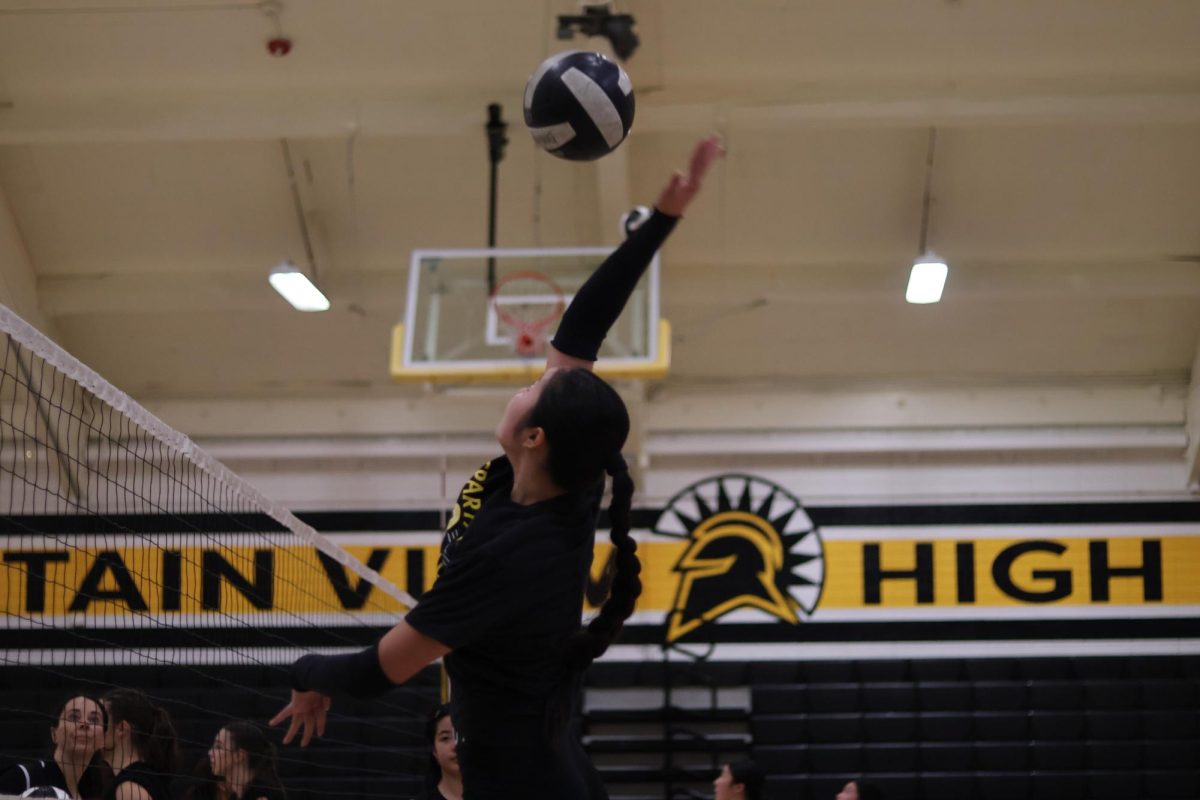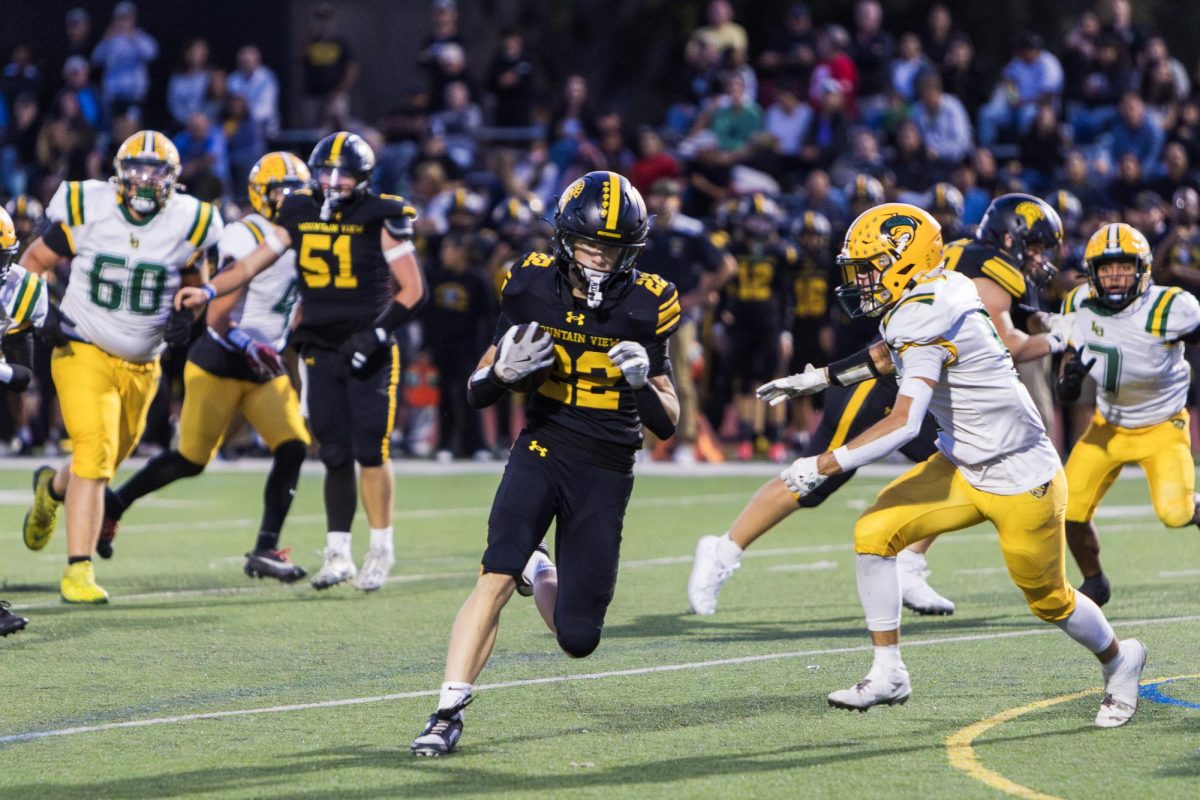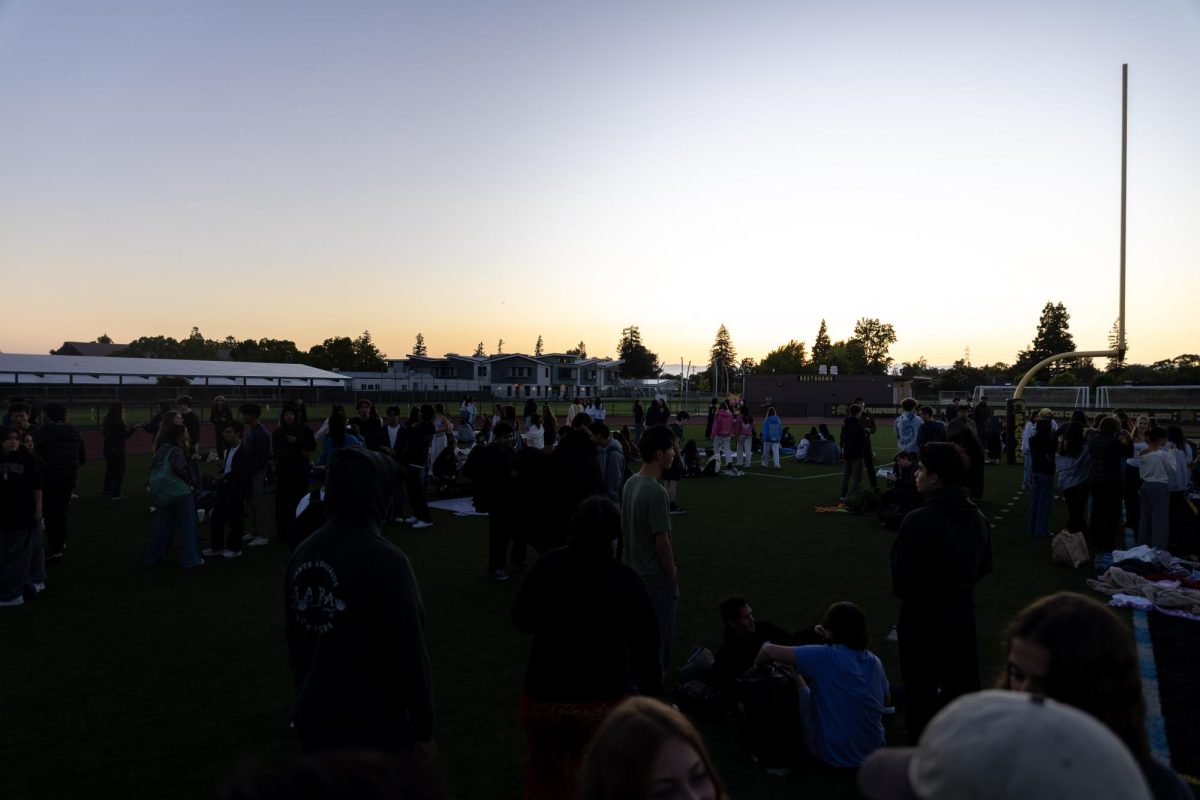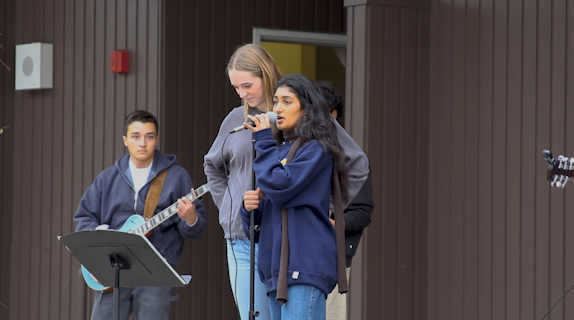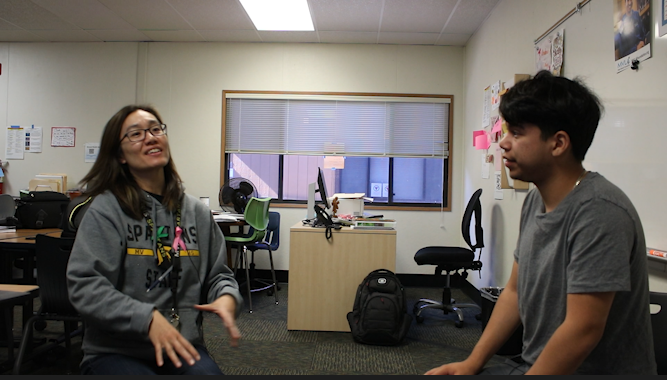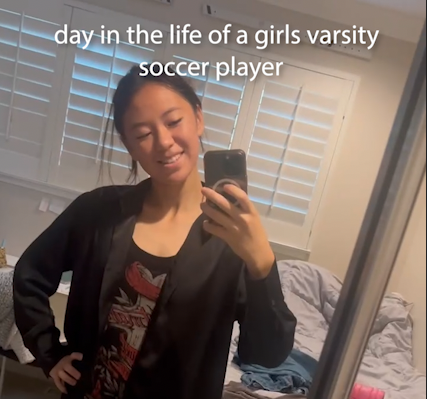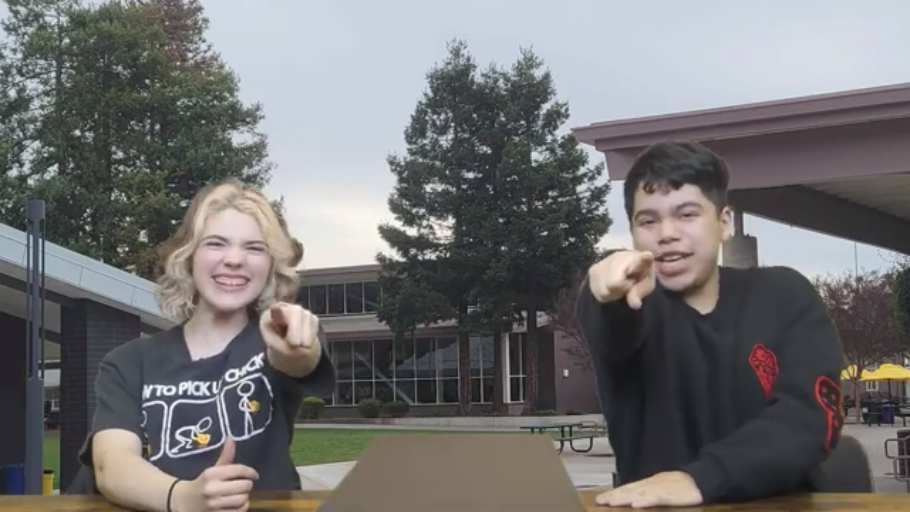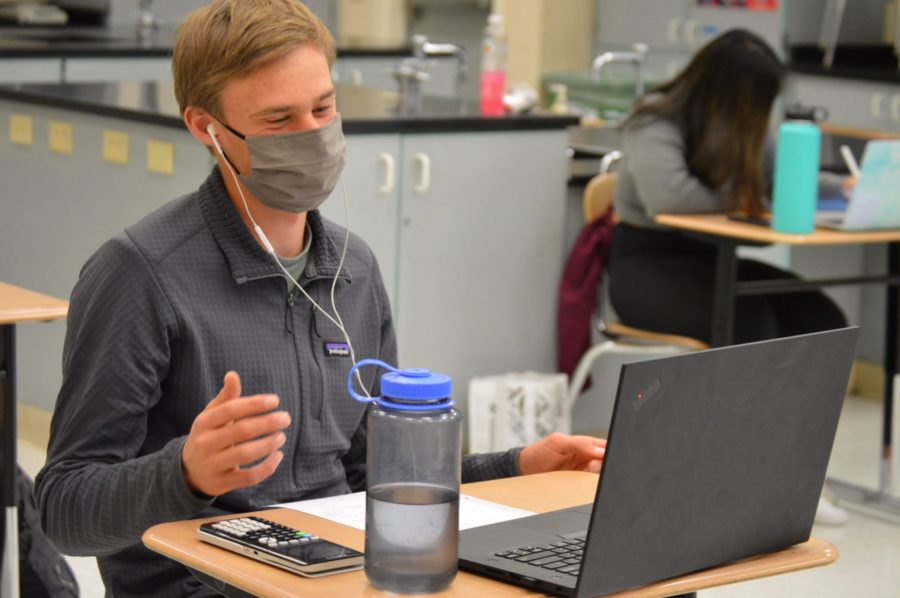Senior Lucy Nelson had the first day jitters after not being on campus for school for almost a year, even though it was March. She said she forgot many parts of her daily school routine when getting ready to come to her first day of stable groups.
As part of the return plan to eventually reach full in-person instruction, the administration offered students the chance to attend stable groups at the beginning of March. In the stable groups model, students are assigned a room with peers from their same grade, attend their classes through Zoom, and are able to talk to friends from other rooms during lunch and brunch. Stable groups are slated to continue until April 19 when hybrid instruction begins, where students will first attend four half days of in-person learning and transition to four full days the following weeks.
Nelson decided to opt into stable groups in order to help her mental health and integrate more social interaction into her day.

“Sometimes you get into a funk and you’re just sitting there, burned out from Zoom and the same thing every single day and it’s good to change it up a little bit,” Nelson said.
For freshman Mihir Marla, he saw it as an opportunity to “attempt to lead a normal freshman life,” as he had never been able to interact with his friends on campus. Senior Clara Michaud had a similar mindset.
“I realized I only have a few months of high school left and I really wanted to be able to graduate from high school and have gone back on campus in some shape or form,” Michaud said. “I saw this as my opportunity to have some semblance of a normal senior year.”

For Nelson, Marla, and Michaud, the highlight of their day was lunch, as it is for many students when school is normally in session. They were able to laugh and converse with their friends, which provided a sense of normalcy that many of them have been missing through distance learning.
For Marla, he tended to engage mainly with people he knew from middle school as he found it difficult to interact with new people.
“It was definitely more scary to talk to people. There were not people reaching out to say ‘Hey, what’s your name? What room are you in?’ It was more like I had to begin the conversation,” Marla said.

This added an extra level of stress, he said, since he worries if he will be able to develop relationships with new people.
In a survey sent out during a Wednesday attendance form, 111 freshmen said they were interested in attending stable groups, while only 72 seniors indicated interest in attending stable groups, according to a Board of Trustees study session on March 8 presented by Teri Faught, the Associate Superintendent of Educational Services.
“I think the way [stable groups were] carried out wasn’t as appealing to a lot of people and I think that’s why a lot of people that I know really wanting to go back to school ended up not signing up for it because they didn’t see the benefit from it,” Michaud says. She thinks that more seniors may have opted into it if the program was closer to hybrid learning.

The current implementation of stable groups is far from perfect, as Nelson felt isolated while attending her classes since everyone in her room is doing something different from her. Michaud also said that the mood in her room was “stiff” as the plan does not allow for much social interaction. Yet, they agreed that stable groups were better than attending classes at home.
“It’s really really frustrating to see that we’re still two steps behind [other nearby high schools]. Although I understand everyone’s pain and frustration, this is the best we have,” Nelson said, “Our district and our staff are working hard but they can do better and we know that. I think at this point we just have to take what we can get and just hope for something better in the future.”

